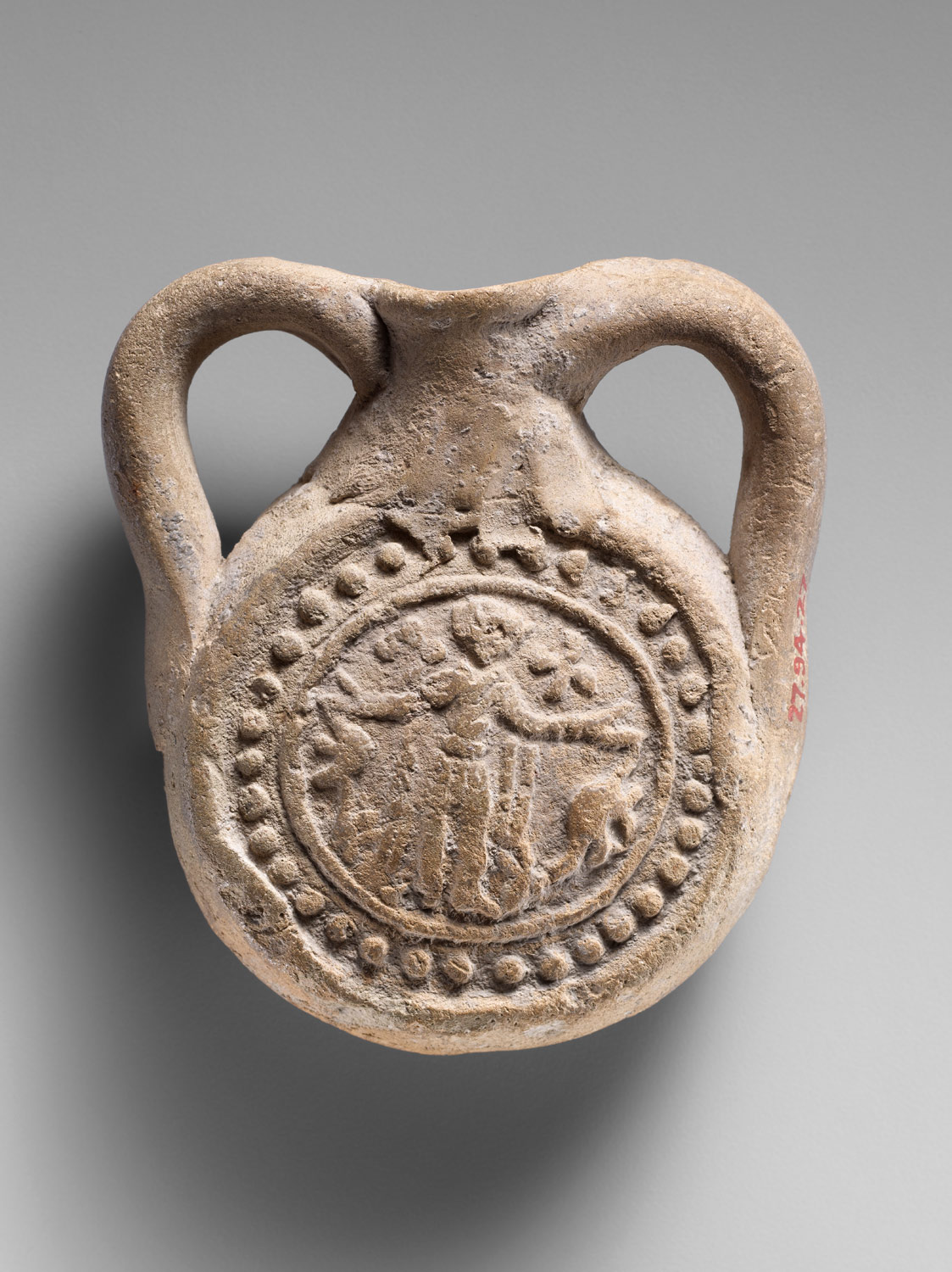Diversity and Inclusion
Medieval studies as a field has been traditionally organized around the religious and lay elites who produced the bulk of our surviving documents. The interdisciplinary study of archaeology and art broadens this evidence to include underrepresented groups of different ethnicities, faiths, and economic backgrounds who left behind fewer surviving texts. Students in my medieval and early modern core survey class examine the often marginalized figures of women and the poor as well as medieval pagans, Jews, and Muslims. They study twelfth-century accounts of blood libel alongside the depictions of Jews in the Carew-Poyntz Book of Hours to understand how Jewish communities became targets of racial and religious violence. They also learn, however, how Christian rulers would gladly trade for Islamic tiraz textiles and sack fellow Christian cities to achieve their political and economic goals.
In my “Dark Age” Romans and Barbarians course, students explore how race and gender are constructed in different Mediterranean cultures through objects and architectures c. 100 – c. 800. Burial evidence in particular allows us to examine how such identities are carefully curated by those left behind, from the bent bones of an African woman buried in northern England, to the spoliated Roman columns taken by Charlemagne to adorn his new palace chapel at Aachen.
One of the central arguments of my research is the diversity of medieval Christianities and the false sense of premodern unity encouraged by the term “Christendom.” This is a word often used to define a medieval world of Christians versus “others,” misrepresenting a society where religious and racial categories were fluid and shifting. I routinely emphasize to my students that the Middle Ages with its diverse communities of pagans, Christians, Muslims, and Jews was a far more complicated and wider world than we often imagine. This is an increasingly important message for students today at a moment when modern white supremacists portray medieval Europe as a uniformly white and Christian civilization. Students from underrepresented groups deserve to see people like themselves in the past because they were there. Our larger historical narratives of European history and culture must reflect that.
I designed one assignment on the early modern slave trade that encouraged students to learn how to approach global history through different types of sources. They explored an online archival database of the Atlantic slave trade, slavevoyages.org, and read individual narratives from enslaved men and women as well as examples of visual and material culture of the Middle Passage. One of my students from Barbados found a slave ship in the database that had sailed from West Africa to Barbados at the same time that her ancestors had made that journey. The captain of the ship shared her last name. This slim reference resulted in a powerful personal moment which instantly connected her history to that of men and women in the past.
My use of material and digital evidence in the classroom consciously integrates—rather than simply accommodates—students who learn best from different forms of media as well as those with visual impairments. Students have consistently praised my use of different kinds of historical evidence and said their opportunities to leave the classroom for interactions with artifacts and architectures in person was the most valuable learning experience of the course. Hands-on interaction with medieval objects in a museum or 3D-printed replicas also allow students with different visual abilities to experience in a tangible way aspects of medieval life that are otherwise inaccessible. My students complete a variety of types of assignments—from written papers to image analyses and creating online exhibitions—to bring their best analytical skills to bear on the diverse lives of historical people and to rethink what they thought they knew about the premodern world.

